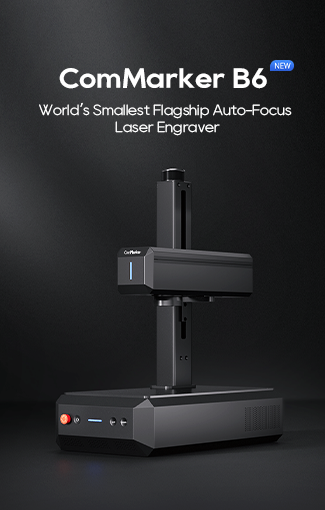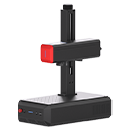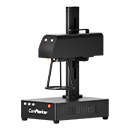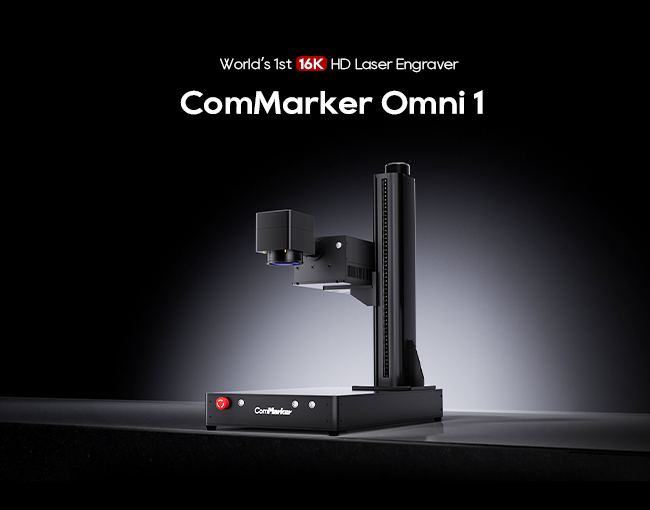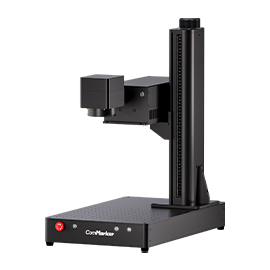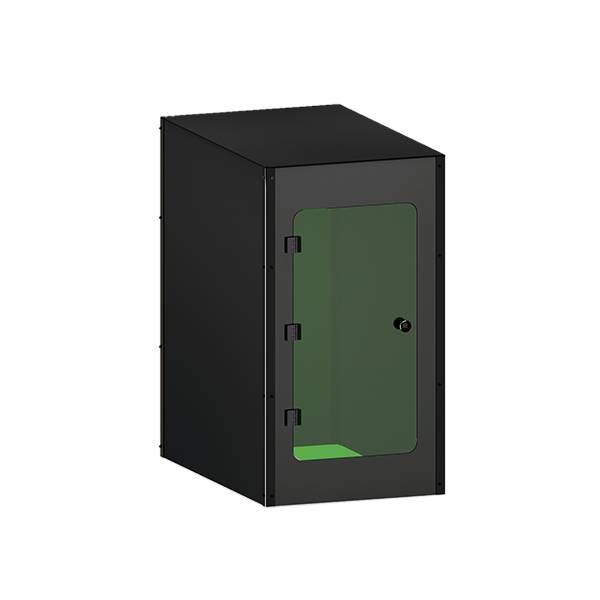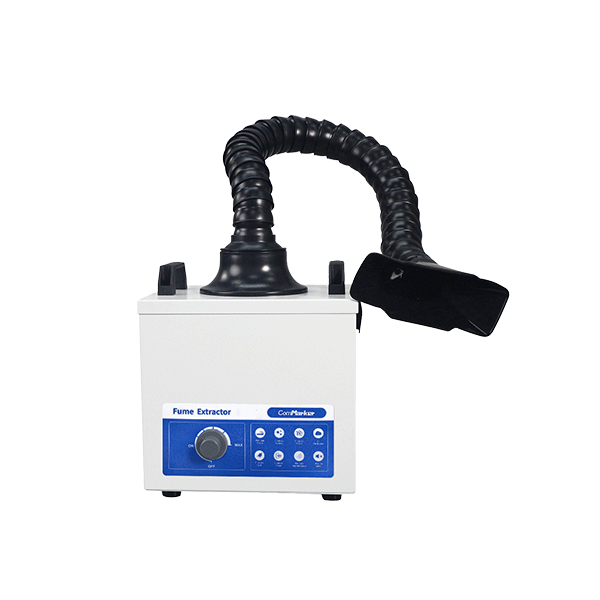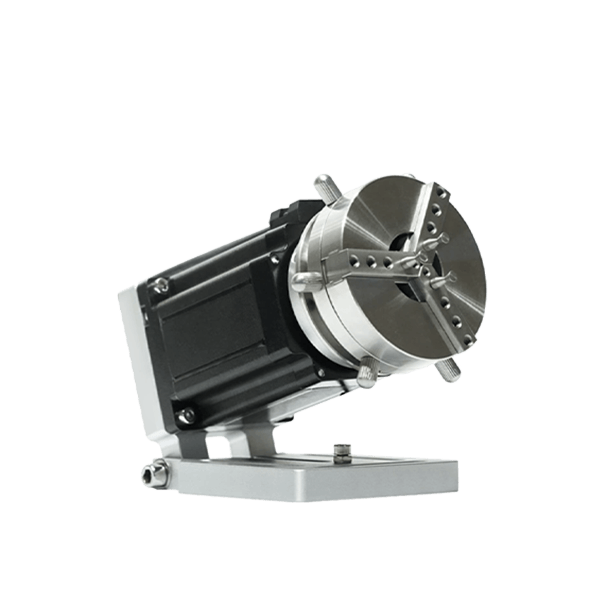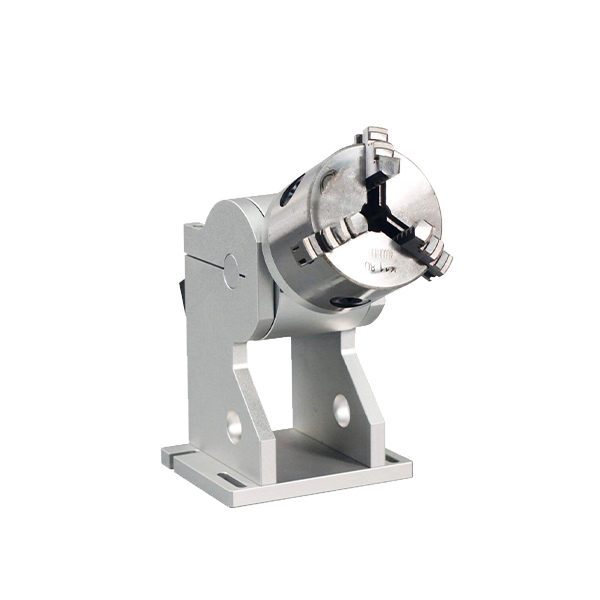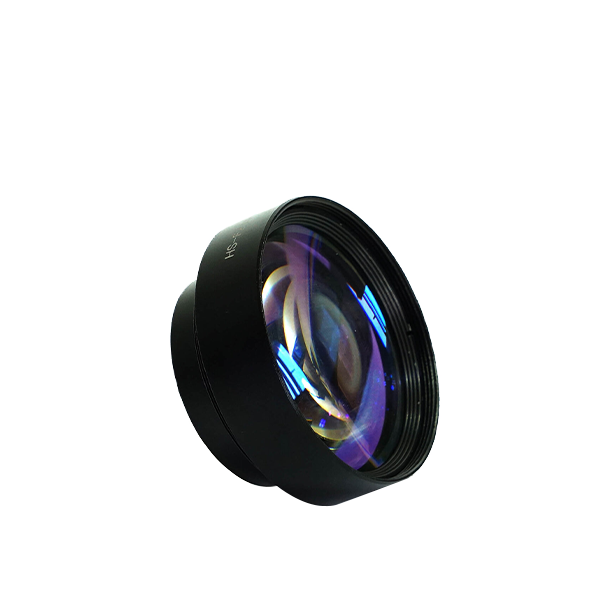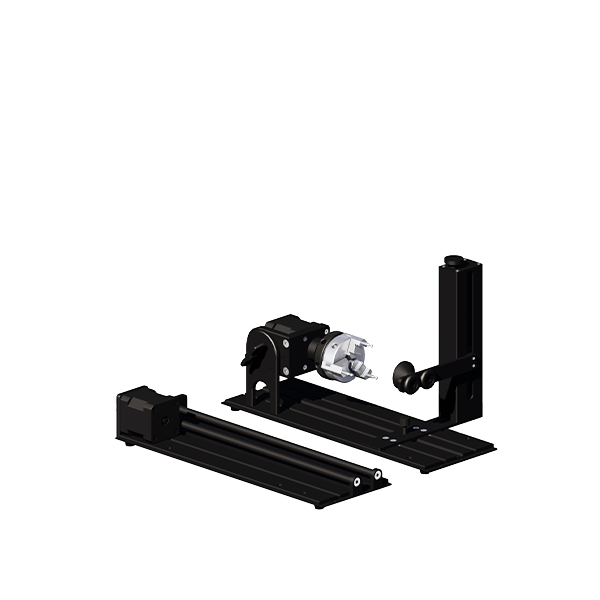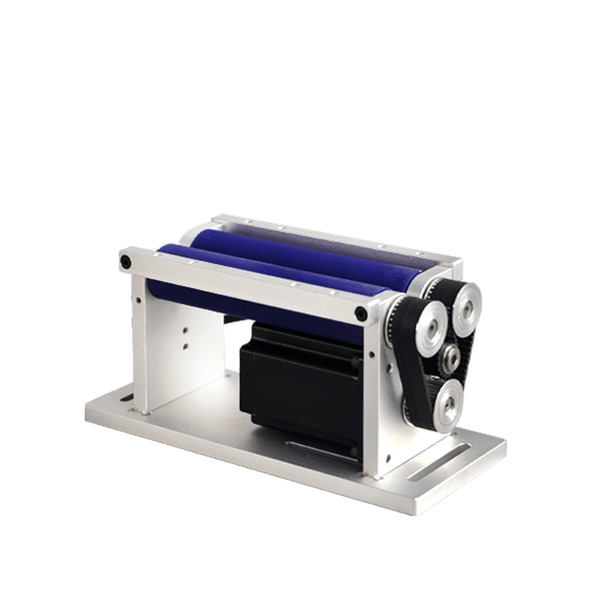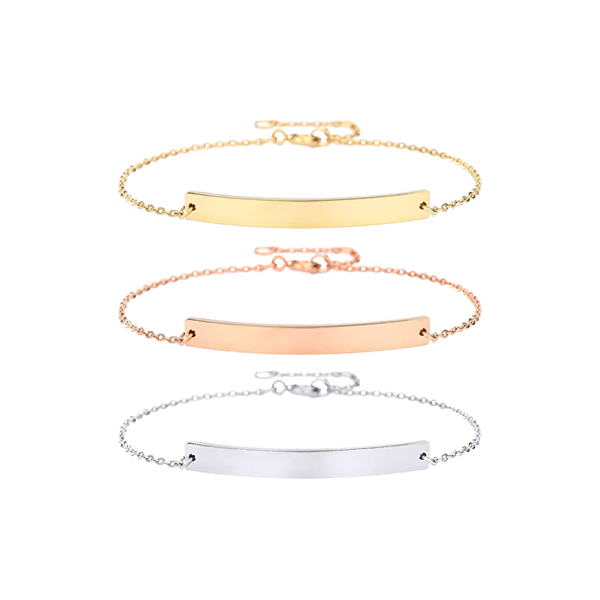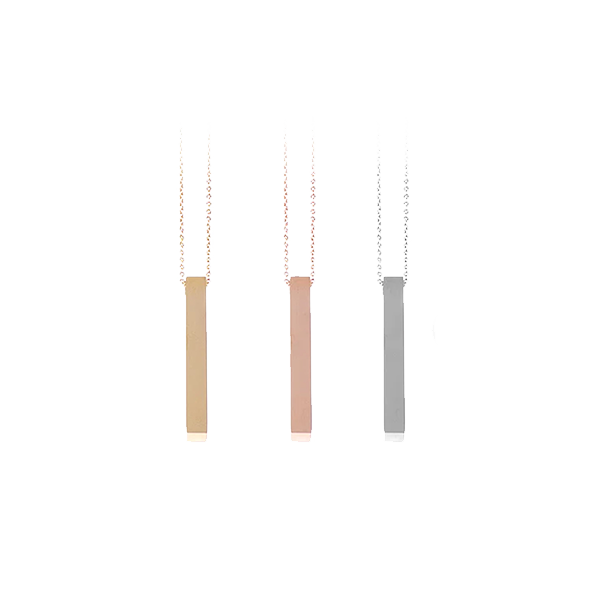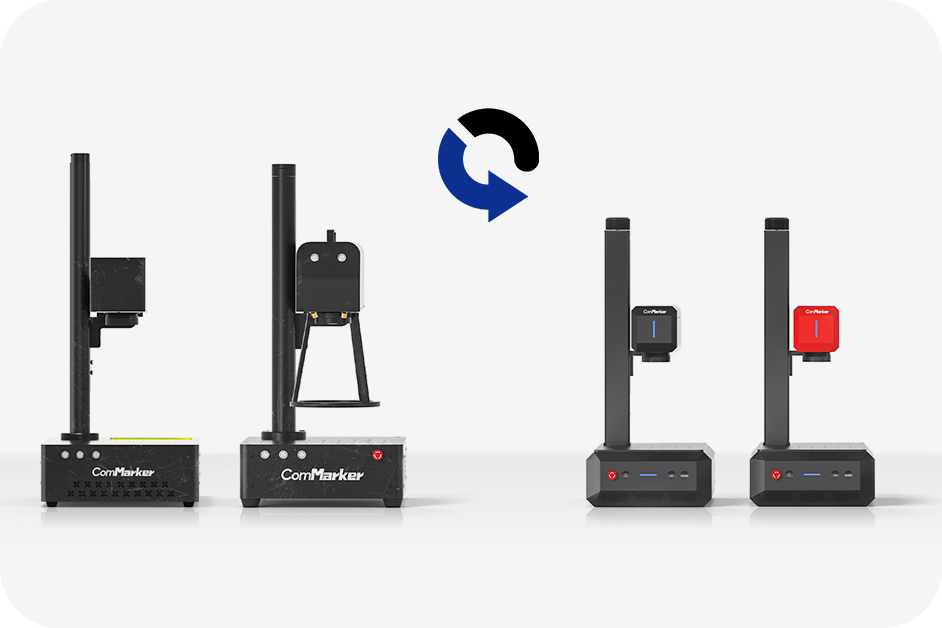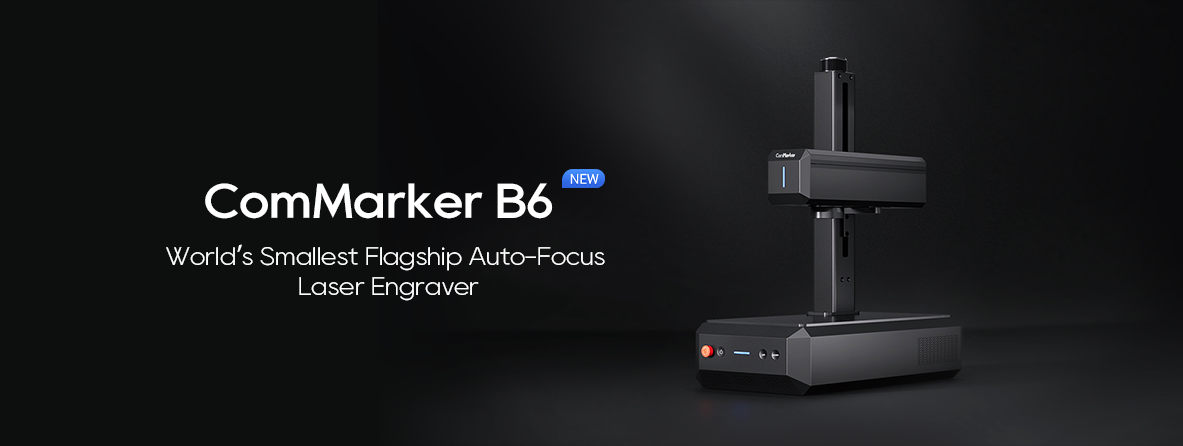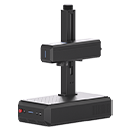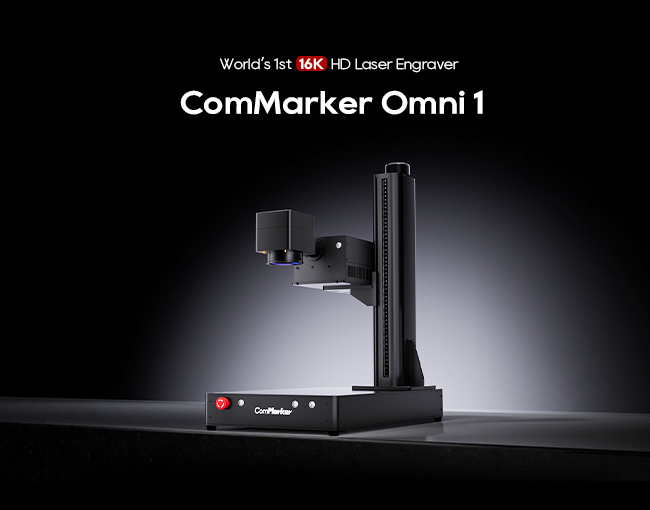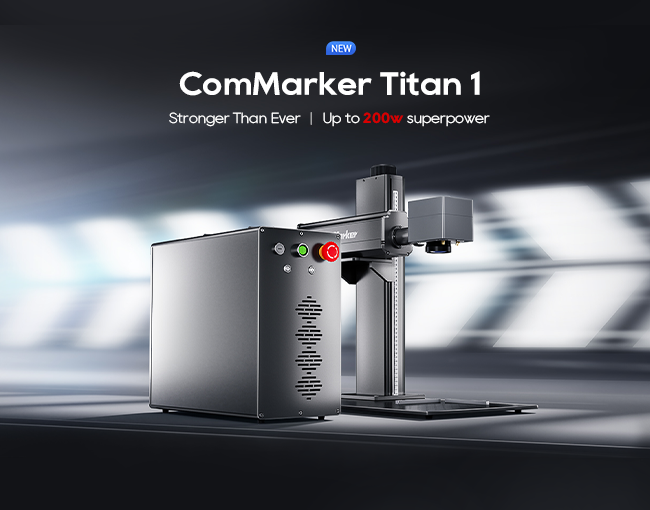Metal laser engraving has become a crucial technology in personalized design and metal product manufacturing. Whether for commercial use or personal projects, this technology enables precise and durable engraving on metal surfaces, delivering impressive visual effects and long-lasting marks. This guide provides a comprehensive overview of metal laser engraving, covering the types of metals that can be engraved, the principles behind laser engraving, the best engravers to choose, and some creative engraving ideas.
What is Metal Laser Engraving? Unveiling the Technology
Metal laser engraving uses a high-energy laser beam to etch the surface of metal. The laser beam is focused on the metal and generates enough heat to melt or vaporize the material. This process, known as sublimation, involves the instant transformation of solid metal into gas, creating a permanent recessed mark. The depth and detail of the engraving depend on the laser power, engraving speed, and focus adjustments.
Laser engravers are typically software-controlled, allowing for the engraving of text, images, or intricate designs. The engraving depth can be adjusted by modifying the laser’s intensity and duration, allowing for various effects, from surface marking to deep engraving.
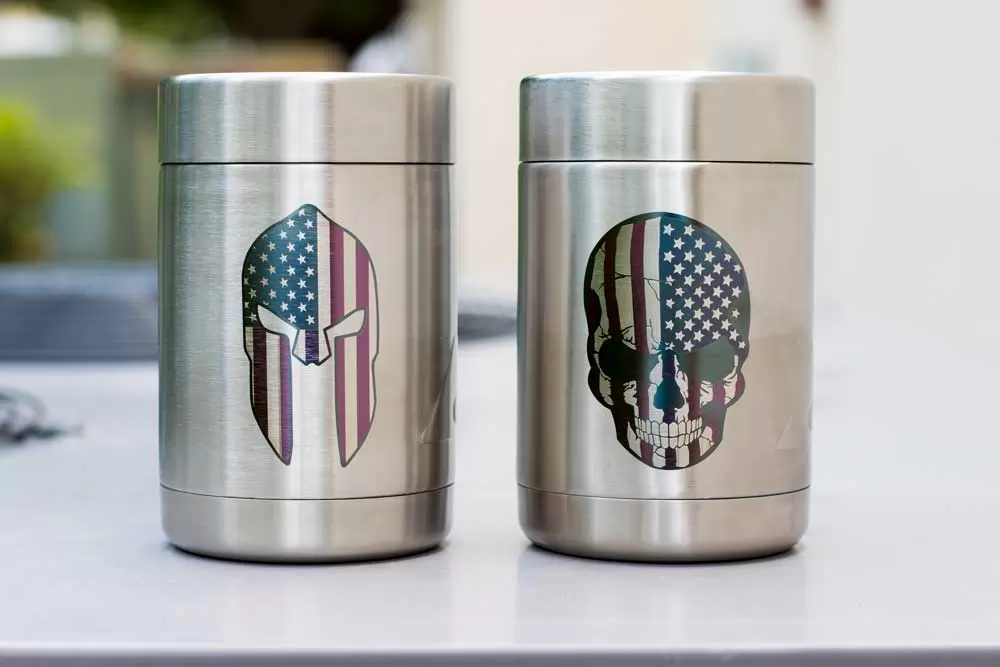
Types of Metal Laser Engraving: Color Engraving and Deep Engraving
Laser engraving can do more than create recessed designs; it can also produce color engravings by reacting with the metal’s oxide layer. For instance, laser beams can alter the color of stainless steel, creating hues ranging from blue to red. This color variation depends on the laser’s power, speed, and the type of metal. While not all metals can achieve color changes, certain metals can display colorful effects with the right settings.
Types of Metals Suitable for Laser Engraving
Different metals respond to laser engraving based on their physical properties. Here are some commonly used metals suitable for laser engraving and their applications:
- Stainless Steel:
- Known for its strength and corrosion resistance, stainless steel is widely used for engraving water bottles, kitchen utensils, tools, and medical equipment. Fiber laser engravers are perfect for creating precise and durable markings on stainless steel.
- Steel:
- Used in industrial equipment, construction materials, and everyday products, steel is often engraved with serial numbers, product IDs, and other important markings.
- Aluminum:
- Aluminum is popular in electronics, business cards, and kitchen tools. Laser engraving can add personalized designs and markings to aluminum products.
- Titanium:
- Known for its lightweight, high strength, and corrosion resistance, titanium is used in medical implants, aerospace, and jewelry industries. Laser engraving offers precise customization for titanium products.
- Copper & Brass:
- Copper and brass are commonly used in plumbing, wiring, and automotive parts. Laser engraving provides durable, high-contrast markings on these materials.
- Gold:
- Gold is widely used in jewelry and medals, and laser engraving adds intricate personalized designs, making it ideal for high-end gifts and commemorative items.
- Silver:
- Like gold, silver is commonly used in jewelry, medals, and keepsakes. Laser engraving can add high-precision decorative patterns and text.

How to Choose the Right Metal Laser Engraver?
Choosing the right metal laser engraver is crucial to achieving successful engravings. The best laser engraver depends on the type of metal you need to engrave, the required engraving depth, and detail levels. Since metals absorb light in the infrared spectrum, fiber laser engravers are the most effective. Here’s a recommendation: the ComMarker B4-60W Fiber Laser Engraver, designed specifically for metal engraving, offers outstanding precision and efficiency:
- ComMarker B4-60W Fiber Laser Engraver:
- Power & Precision: With 60W of laser power, this engraver easily cuts through metals up to 2mm thick with an accuracy of 0.01mm, perfect for deep engravings.
- Industrial-Speed Performance: Utilizing advanced Galvo technology, the B4-60W delivers high-speed engraving, making it ideal for professional design and industrial applications.
- Compatibility: It supports LightBurn and EZCAD software, seamlessly integrating into your workflow for enhanced efficiency.
ComMarker B4 60W JPT MOPA Fiber Laser Marking Machine
Portable & Affordable: B4 MOPA 60W Fiber Laser Marking Machine weighs only 22kg; compact size within 336*555*635mm. Electric Lifting: Built-in hidden lifting motor for precise focusing. Color Marking & Super Cutting Ability: Capable of color engraving on stainless steel, black and white on aluminum, and cutting metals up to 2mm thick with 0.01mm accuracy. Spacious…
Steps for Laser Engraving on Metal
Whether you are a beginner or a seasoned professional, following the correct steps is essential for successful engraving. Here’s a general guide to laser engraving on metal:
- Choose the Right Laser Engraver: Select a machine suited for metal engraving, such as the ComMarker B4-60W Fiber Laser Engraver.
- Prepare the Metal Surface: Clean the metal surface to remove any dust or dirt, ensuring optimal engraving results.
- Secure the Metal: Fix the metal securely in the engraver to prevent movement during the process.
- Set Up the Engraver: Adjust the laser power, speed, and focus based on the type of metal and the design requirements.
- Design or Import Your Graphic: Use engraving software to create or import your design, preparing it for engraving.
- Preview the Design: Use the preview feature to ensure the design is correctly aligned and positioned.
- Start the Engraving Process: Begin engraving and monitor the machine for any issues.
- Inspect the Final Result: After engraving, check the quality and precision to ensure it meets expectations.
- Clean the Engraved Area: Use the appropriate tools to clean the engraved area, ensuring a polished finish.

Creative Ideas for Metal Laser Engraving
Metal laser engraving isn’t just for commercial use; it’s also perfect for creative projects. Here are some ideas to inspire you:
- Custom Jewelry: Laser engraving can personalize rings, bracelets, and pendants with names, dates, or intricate patterns, making for unique and meaningful gifts.
- Metal Nameplates: Create personalized metal nameplates for your business or home, branding your company or identifying house numbers.
- Pet Tags: Customize metal tags for your pets, engraving their names and your contact information.
- Business Card Holders: Design custom metal business card holders engraved with your name or logo, reflecting your personal style.
- Luggage Tags: Engrave unique metal luggage tags to ensure your bags stand out and are easily identifiable.
- Metal Signs: Create one-of-a-kind metal signs that can be used as decorative pieces or practical guides.
- Guitar Picks: Personalize metal guitar picks with engraved patterns or names, perfect for music lovers.
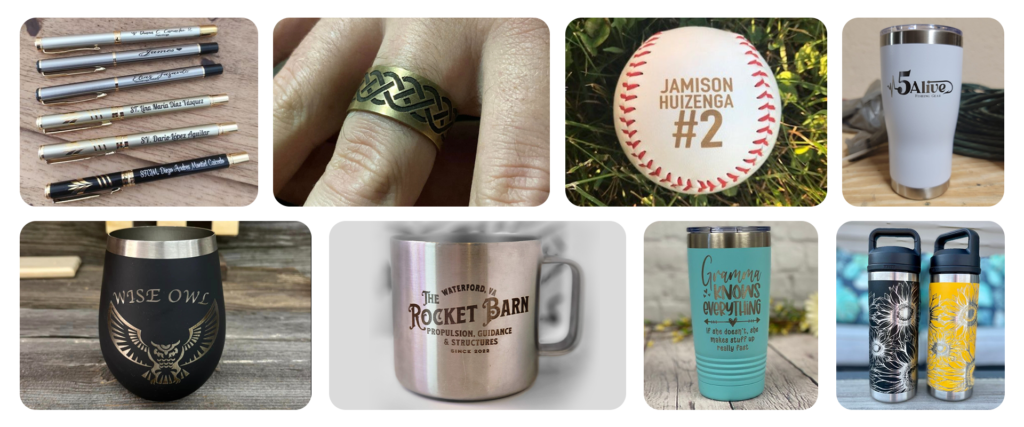
Frequently Asked Questions
- Can all metals be engraved?
- Yes, most metals can be laser engraved. However, the engraving effect varies between metals, and adjusting the engraving parameters appropriately will yield the best results.
- Which metal is the best for laser engraving?
- Aluminum is often considered one of the best metals for laser engraving due to its lower melting point and ease of engraving.
- Will engraved metal rust?
- Generally, no. If the engraving process is correctly set up, protective layers, such as the oxide layer on stainless steel, remain intact, preventing rust.
- Is laser engraving on metal permanent?
- Yes, laser engraving is permanent because it directly alters the surface structure of the metal.
- What is the difference between engraving, etching, and marking?
- Engraving removes material to create deep marks; etching is a surface mark, achieved chemically or physically; marking changes the surface color without removing material.
Conclusion
Metal laser engraving opens up endless possibilities for personalized design, commercial production, and creative projects. From jewelry engraving to industrial marking, laser engraving technology meets various needs. Choosing the right engraver, like the ComMarker B4-60W Fiber Laser Engraver, ensures precise, high-quality results.
Whether you’re creating custom jewelry, marking industrial parts, or exploring creative ideas, laser engraving on metal offers durability, precision, and versatility. Start your journey into metal engraving and unlock the potential of this powerful technology.




